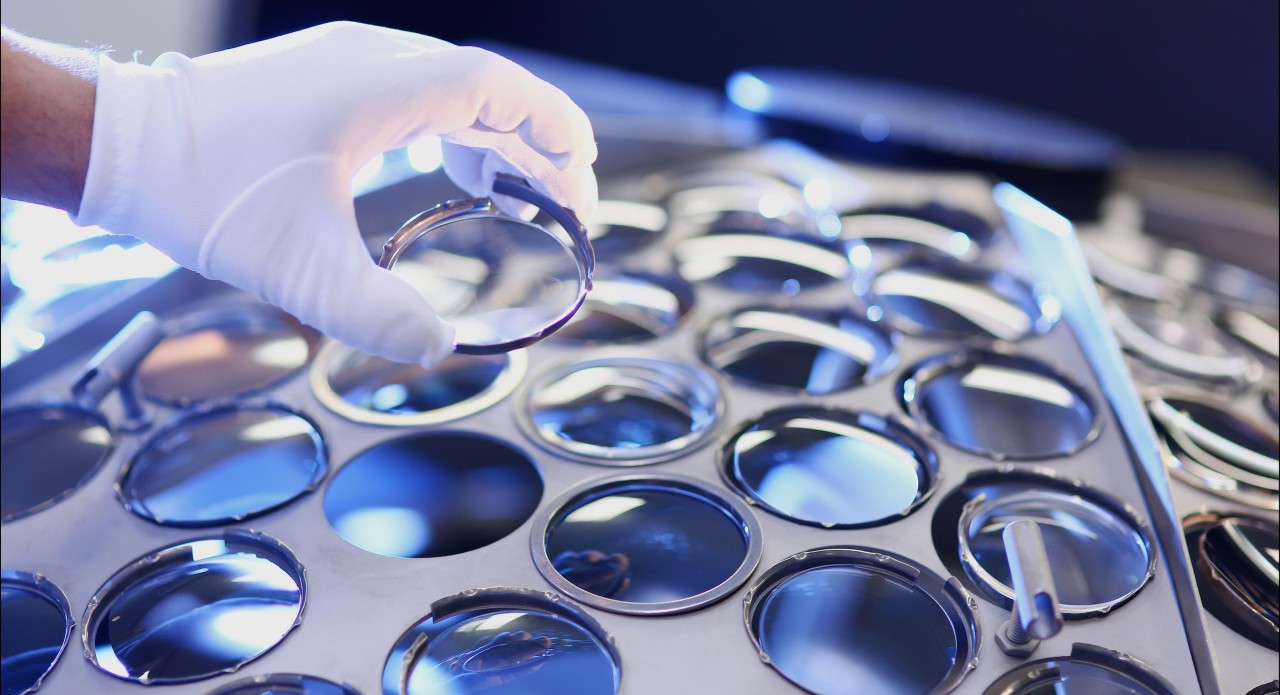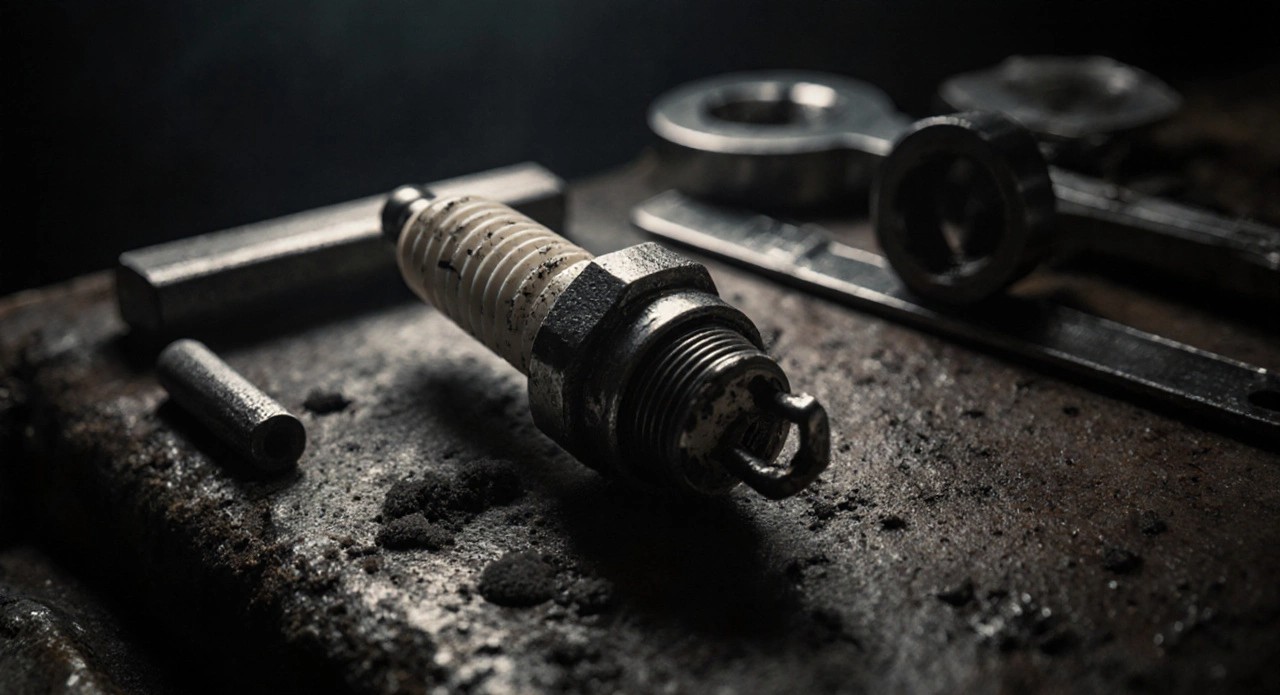Nothing has announced that it will manufacture its Phone 3 in Chennai. The London-based company already produces all its smartphones in India, so the decision fits their established approach, but it does highlight how the company views its biggest market.
The Phone 3, launching July 1 alongside the company’s first over-ear headphones, represents Carl Pei’s biggest bet yet. After the Phone 1 and Phone 2 established Nothing’s transparent aesthetic and glyph lighting gimmicks, the Phone 3 supposedly ditches the light show for more serious flagship credentials—premium materials, a rumoured Snapdragon 8 Gen 3 chipset, and that triple-camera setup everyone expects now.
Manufacturing locally is no longer just about cost. Nothing has already been producing its entire smartphone lineup in Chennai, making this less of a strategic pivot than a logical continuation. The company’s retail expansion from 2,000 stores to 10,000 in six months shows where the demand sits.

The specifications floating around sound appropriately flagship-esque: a 6.77-inch LTPO AMOLED display with 120Hz refresh rate, up to 12GB RAM, 512GB storage, and a 5,000mAh battery. Standard premium phone fare, but execution matters more than specs sheets. Nothing’s challenge isn’t building a competent flagship—it’s building one that justifies existing alongside Samsung, OnePlus, and Apple in an increasingly crowded space.
Dropping the signature glyph interface feels significant. Those LED patterns were Nothing’s main differentiator, love them or hate them. Replacing them with a rumoured dot-matrix display suggests the company is prioritising function over flash for its flagship push. Sensible, but it raises questions about what exactly makes a Nothing phone distinctive anymore.
The company’s infrastructure investment reflects serious commitment: five exclusive service centres, 20 priority desks, over 330 authorised service points. This isn’t testing-the-waters territory; it’s full commitment.
Co-founder Akis Evangelidis talks about aligning with local manufacturing initiatives, but the actual alignment is with basic business sense. When your retail footprint can grow 400% in six months, you manufacture where demand exists.
Whether the Phone 3 can actually compete with established flagship players is what matters now. Nothing has proven it can generate buzz and sell phones, but transitioning from mid-range disruptor to premium contender is where most challengers fail. Local manufacturing gives them cost advantages and faster time-to-market, but won’t solve the fundamental challenge of convincing consumers to spend flagship money on a relatively unproven brand.











